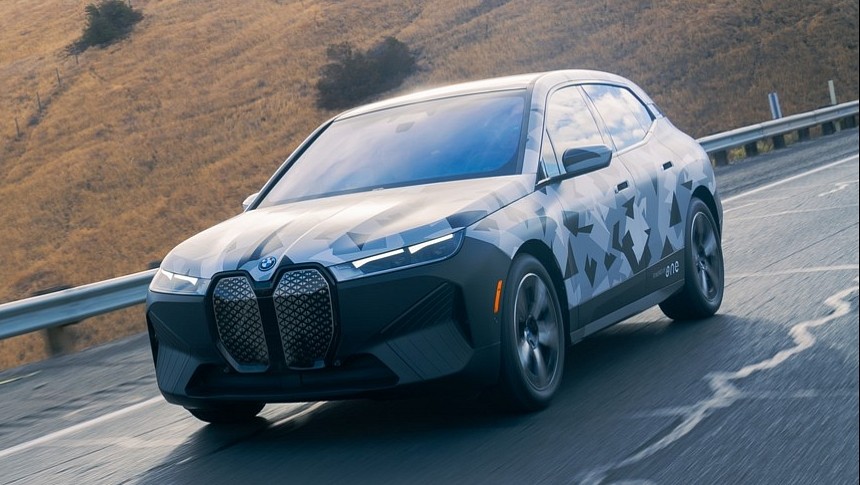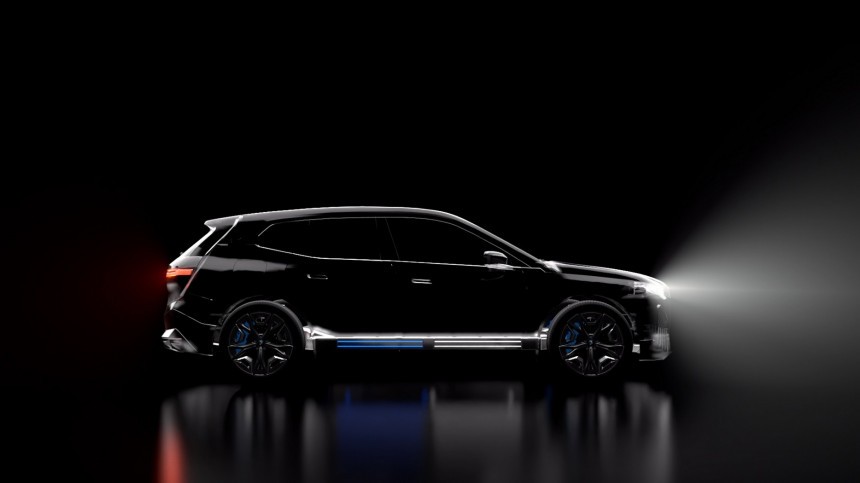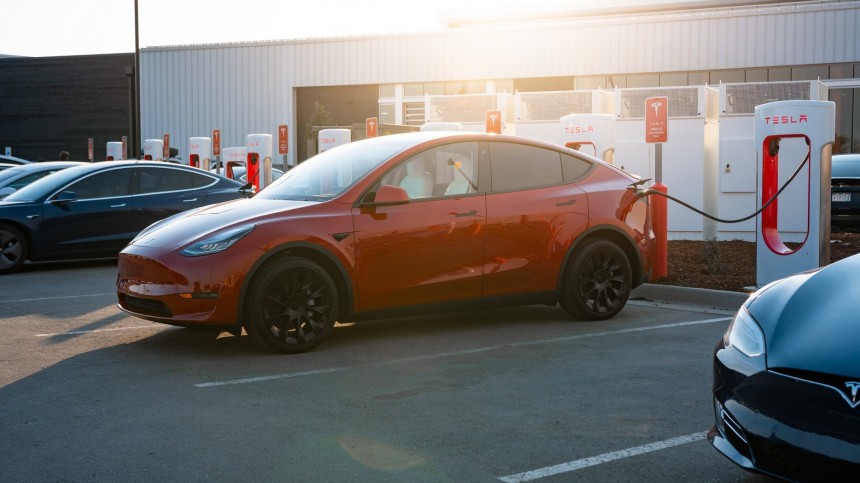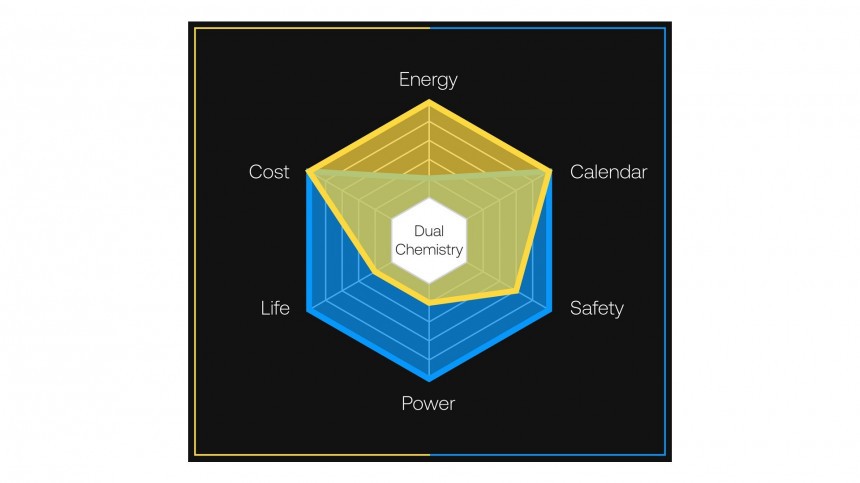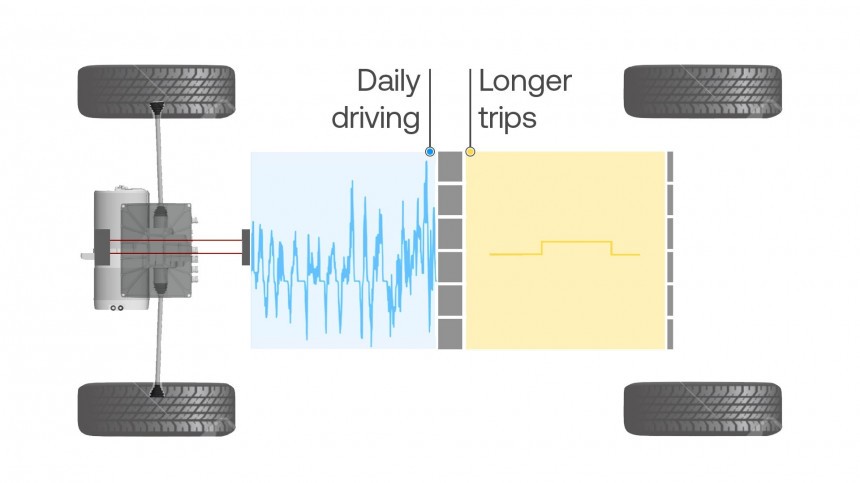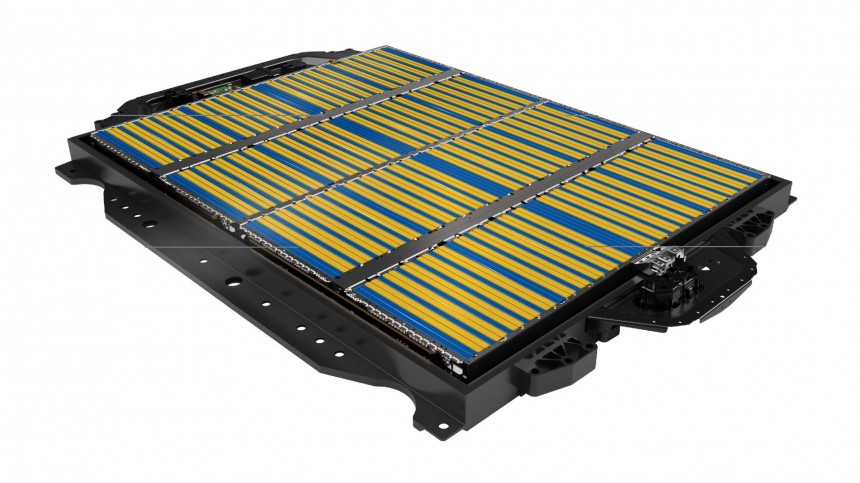In my research to write about the Our Next Energy (ONE) Gemini battery pack, I ended up watching some interviews and presentations from Mujeeb Ijaz, the startup's CEO. Although explaining the accumulator's purpose was fascinating, the goals behind its development were even more important. Summing up, ONE wants to fix battery electric vehicles (BEVs).
You may ask what's wrong with them, and the answer is simple. First of all, Ijaz and ONE think the chemistry in most of them is dangerous: it can catch fire, as I wrote a while ago. These EVs also do not deliver the range they promise in crucial situations. On top of that, their lifespans are cut short when their battery packs fail. The ones that manage to survive only do so thanks to owners with deep pockets that pay as much as a compact car on a new battery pack. Unfortunately, there is always the danger that the new component will not last beyond its warranty period, half of that offered for battery packs in a new car. It sounds safer to buy a new one than a battery pack replacement – which is the opposite of sustainable.
Whether they are tested under WLTP rules or EPA procedures, the truth is that these evaluations only allow for a fair comparison (theoretically), not for something customers should expect in all conditions. Despite being frequently mocked by Environmental Protection Agency (EPA) fans, WLTP does that better than EPA because all cars undergo the same tests. The American agency offers different methods for measuring energy consumption, a deal breaker when it comes to comparing apples to apples.
As Ijaz reminded us in a TED Talk he did in 2022 in Detroit, BEVs may lose up to half of their promised ranges in cold weather or under highway speeds. Fighting airflow and heating up the cabin is something combustion-engined cars do not feel as much as BEVs because they have much more energy in their fuel tanks than a battery pack can hold.
According to EPA, one gallon (3.79 liters) of gasoline is equivalent to 33.7 kWh. That said, a fully-charged 100-kWh battery pack corresponds to three gallons (11.4 l) of gas. The Tesla Model S Long Range has a battery pack with that capacity, and its EPA range is 405 miles (651.8 kilometers) in optimal conditions. That's 4.05 mi/kWh, or 135 MPG if the 100 kWh are converted into three gallons of gas. EPA has a different number: 120 MPGe. That shows how efficient BEVs are – and how little spare energy they can count on.
This is the main point where ONE decided it could help. The startup said that the Gemini battery pack that it created for the BMW iX holds 185 kWh. That is what gives it more than 600 miles of range, which is not a random number. ONE wanted BEVs using the Gemini battery pack to have double the average range of current electric cars, not for them to run that much further. The goal was to prevent them from frustrating expectations.
{fullimg}
Ijaz shared a story of his wife driving a BEV with the podcast The Inevitable from Motortrend. The ONE CEO said she purchased the car and that they traveled with it in the winter, which left them stranded because the BEV could not meet its official EPA range. That led his wife to go back to a combustion-engined vehicle, but she hated it. Electric cars have better performance, are quieter, more efficient, but they are not practical for most people in several situations. The CEO stressed how inconvenient BEVs can be with their demand for fast charging – and how slow it is compared to filing up a fuel tank.
If you think it through, Tesla did not conceive Superchargers to prove BEVs were viable. It did that to minimize how immature battery technology was at the time. By ensuring early adopters would manage to go places with charging stations within their ranges, it did not prevent BEV drivers from taking much more time than they would need if they traveled with ICE vehicles – and that is still true.
As Ijaz said, most customers do not want to waste their time waiting for a charge: they just want to get to their destination as soon as possible. The Gemini battery pack should help them do that. Very few people will drive 600 miles in a single day. Those willing to drive 300 miles will do so without having to stop, even under harsh weather conditions or at constant high speeds.
As I have already explained in a previous story, ONE's idea is brilliant. It chose the most reliable and inexpensive chemistry currently available – LFP – to care for everyday driving, fast charging, and even driving the car on highways. Batteries with more fragile but more energy-dense chemistry – lithium metal and manganese – just extend the range and charge these main cells on road trips and whenever you need more than 150 miles (241.4 km) of driving. Both chemistries do not feed oxygen to a fire, which makes them much safer than ternary cells such as NMC or NCA. That extends their lifespan, but it is not clear yet by how much or if it is enough for them to last as much as the LFP cells.
Supposing all the batteries will fail at the same time, ONE still has to tell us how much it expects that to take. Even if it is more years than the ones currently in use, will that be as much as the car? If not, how much will it cost to replace this battery pack? If the lithium metal cells fail before the LFP units, is the Gemini battery pack repairable – meaning you can replace the worn-out cells with new ones? Even if ONE did everything right, there are still problems this brilliant idea did not manage to solve.
The Gemini battery pack has 185 kWh, but we have no idea how much it weighs. If it is the same weight as a regular battery pack, ONE did that just by increasing the energy density of the cells and of the Gemini as a whole. Yet, it will be carrying an extra mass of lithium metal cells that it is only supposed to use on road trips. That's like carrying cement bags in the car for construction work you may one day have to perform. Does it make sense?
Nobody will buy a car that runs only 150 miles as their primary vehicle, that's for sure. Yet, the Gemini does nothing to prevent BEVs from weighing more than they should just for them to be capable vehicles. It may be even worse: the Gemini may be really heavy. Take the GMC Hummer EV as an example. Its battery pack delivers 212.7 kWh and tips the scale at 2,923 pounds (1,326 kilograms). That's 13.7 lb (6.2 kg) per kWh. If the Gemini follows the same proportion, it weighs 2,534.5 lb (1,147 kg) with its 185 kWh. The Dacia Spring tips the scale at 2,138.5 lb (970 kg).
As the GMC electric pickup truck shows, the heavier the vehicle, the more danger it represents to other road users. It is also less efficient than it could be if it were lighter. In other words, if the BMW iX only had the Gemini battery pack part that gives it 150 miles, the weight difference would probably make it travel a lot more than just that.
So there you have it. Even if the Gemini battery pack kills range anxiety, it may still be too heavy, difficult to repair, and expensive to replace. For BEVs, the only solution may be either a revolutionary cell technology or swappable batteries. It may also be the case that electric cars should get their energy from other sources. We should be actively seeking that answer right now instead of repeating battery packs will last as much as BEVs without any hard evidence that this is the case. In fact, it is right the opposite. ONE may help us fix that as well, but it is yet to disclose how.
Whether they are tested under WLTP rules or EPA procedures, the truth is that these evaluations only allow for a fair comparison (theoretically), not for something customers should expect in all conditions. Despite being frequently mocked by Environmental Protection Agency (EPA) fans, WLTP does that better than EPA because all cars undergo the same tests. The American agency offers different methods for measuring energy consumption, a deal breaker when it comes to comparing apples to apples.
According to EPA, one gallon (3.79 liters) of gasoline is equivalent to 33.7 kWh. That said, a fully-charged 100-kWh battery pack corresponds to three gallons (11.4 l) of gas. The Tesla Model S Long Range has a battery pack with that capacity, and its EPA range is 405 miles (651.8 kilometers) in optimal conditions. That's 4.05 mi/kWh, or 135 MPG if the 100 kWh are converted into three gallons of gas. EPA has a different number: 120 MPGe. That shows how efficient BEVs are – and how little spare energy they can count on.
This is the main point where ONE decided it could help. The startup said that the Gemini battery pack that it created for the BMW iX holds 185 kWh. That is what gives it more than 600 miles of range, which is not a random number. ONE wanted BEVs using the Gemini battery pack to have double the average range of current electric cars, not for them to run that much further. The goal was to prevent them from frustrating expectations.
{fullimg}
Ijaz shared a story of his wife driving a BEV with the podcast The Inevitable from Motortrend. The ONE CEO said she purchased the car and that they traveled with it in the winter, which left them stranded because the BEV could not meet its official EPA range. That led his wife to go back to a combustion-engined vehicle, but she hated it. Electric cars have better performance, are quieter, more efficient, but they are not practical for most people in several situations. The CEO stressed how inconvenient BEVs can be with their demand for fast charging – and how slow it is compared to filing up a fuel tank.
If you think it through, Tesla did not conceive Superchargers to prove BEVs were viable. It did that to minimize how immature battery technology was at the time. By ensuring early adopters would manage to go places with charging stations within their ranges, it did not prevent BEV drivers from taking much more time than they would need if they traveled with ICE vehicles – and that is still true.
As I have already explained in a previous story, ONE's idea is brilliant. It chose the most reliable and inexpensive chemistry currently available – LFP – to care for everyday driving, fast charging, and even driving the car on highways. Batteries with more fragile but more energy-dense chemistry – lithium metal and manganese – just extend the range and charge these main cells on road trips and whenever you need more than 150 miles (241.4 km) of driving. Both chemistries do not feed oxygen to a fire, which makes them much safer than ternary cells such as NMC or NCA. That extends their lifespan, but it is not clear yet by how much or if it is enough for them to last as much as the LFP cells.
The Gemini battery pack has 185 kWh, but we have no idea how much it weighs. If it is the same weight as a regular battery pack, ONE did that just by increasing the energy density of the cells and of the Gemini as a whole. Yet, it will be carrying an extra mass of lithium metal cells that it is only supposed to use on road trips. That's like carrying cement bags in the car for construction work you may one day have to perform. Does it make sense?
As the GMC electric pickup truck shows, the heavier the vehicle, the more danger it represents to other road users. It is also less efficient than it could be if it were lighter. In other words, if the BMW iX only had the Gemini battery pack part that gives it 150 miles, the weight difference would probably make it travel a lot more than just that.
